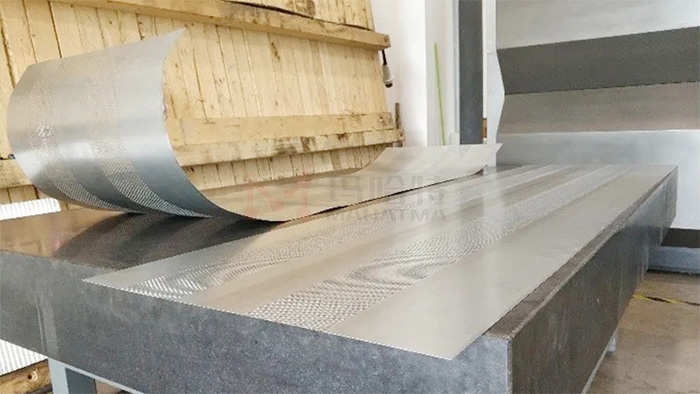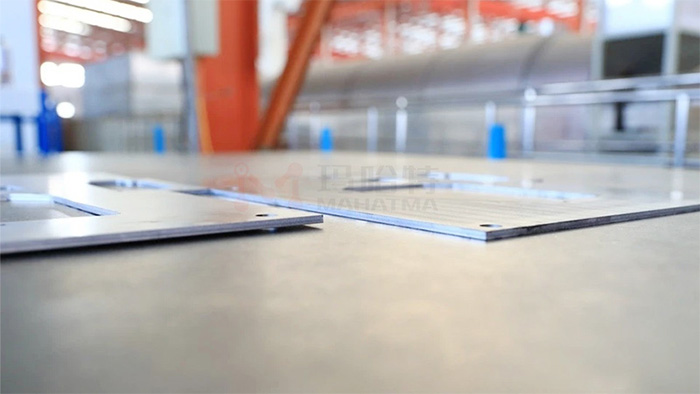High efficiency leveling
The deformation and unevenness of the plate will lead to a large number of rework in the later stage, and the number of unqualified parts will increase sharply, which will have a negative impact on the efficiency of the manufacturing process. This is neither economical nor conducive to improving customer satisfaction and competitiveness. Leveling can prevent these problems, and roller leveling has been proved to be the most efficient method. Because it is not only applicable to the rapid and simple leveling of sheet metal parts and plates, the core point is that it scientifically reduces the unevenness and internal stress in the material through the process of alternating bending.

The leveling machine used in production must have the following characteristics to achieve the best leveling effect: the leveling unit is designed as a module, the layout of leveling roll and backup roll is correct, and a certain number of rolls and roll diameter. The principle is: the smaller the roll diameter, the more leveling rolls the equipment should be equipped with. Small roll diameter and roll spacing are very important to meet the requirements of high precision flatness. In addition, the leveling roll itself needs very good support to ensure that the plate is rolled continuously, and the plate will not slide between the work rolls and generate waves. To process the highest quality sheet parts, the number of leveling rollers in the leveler is an important factor that you must pay attention to.


